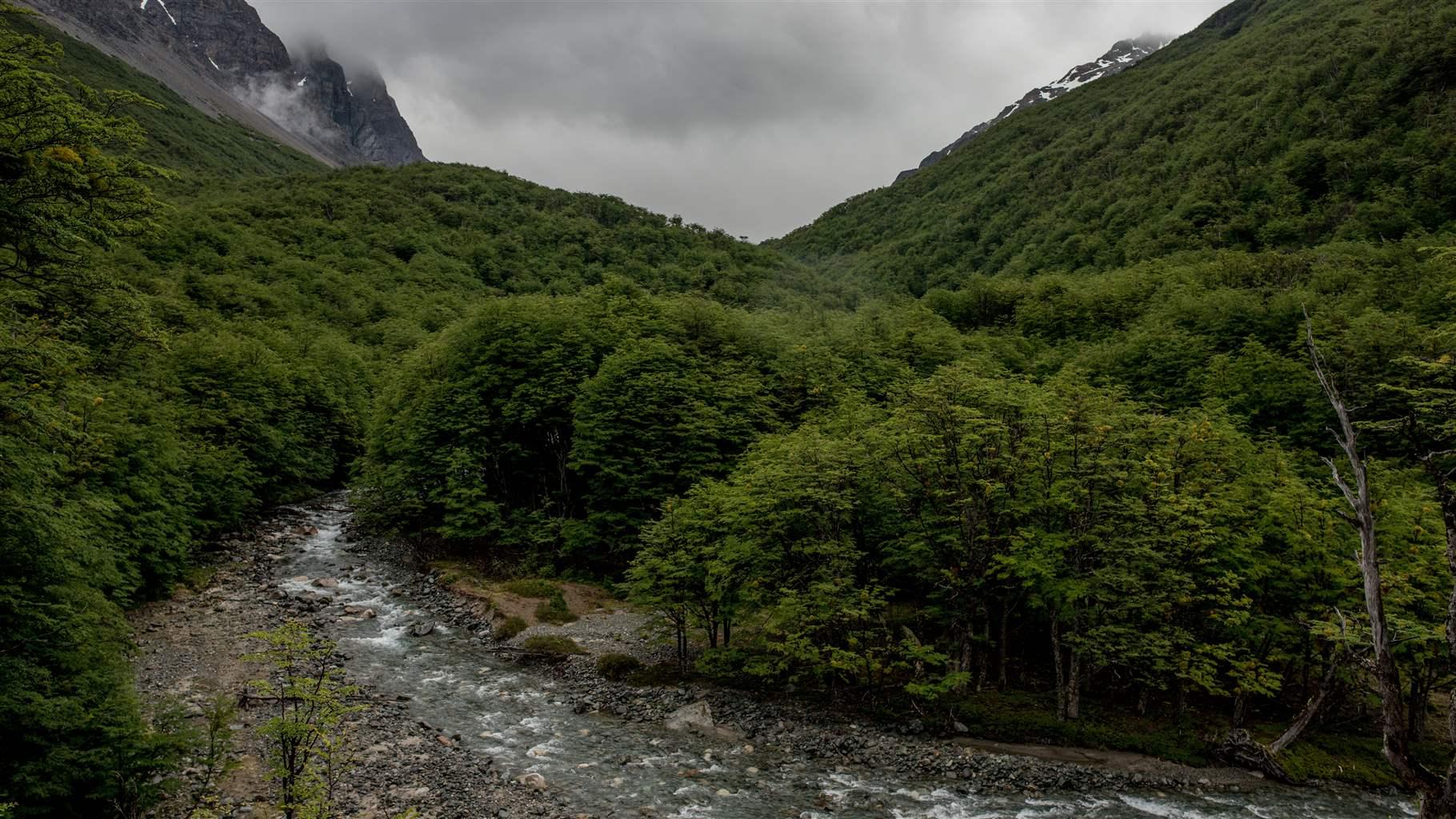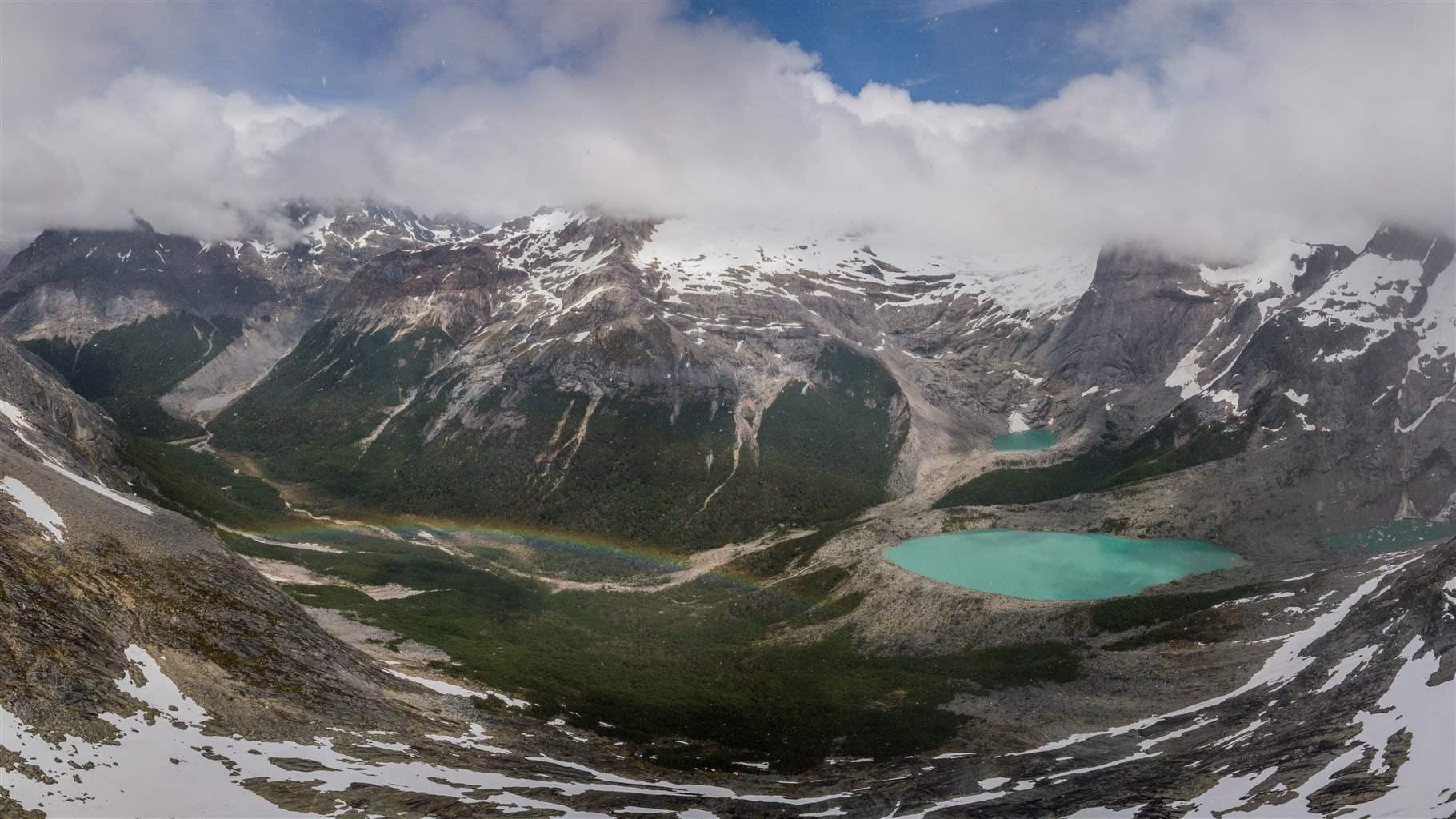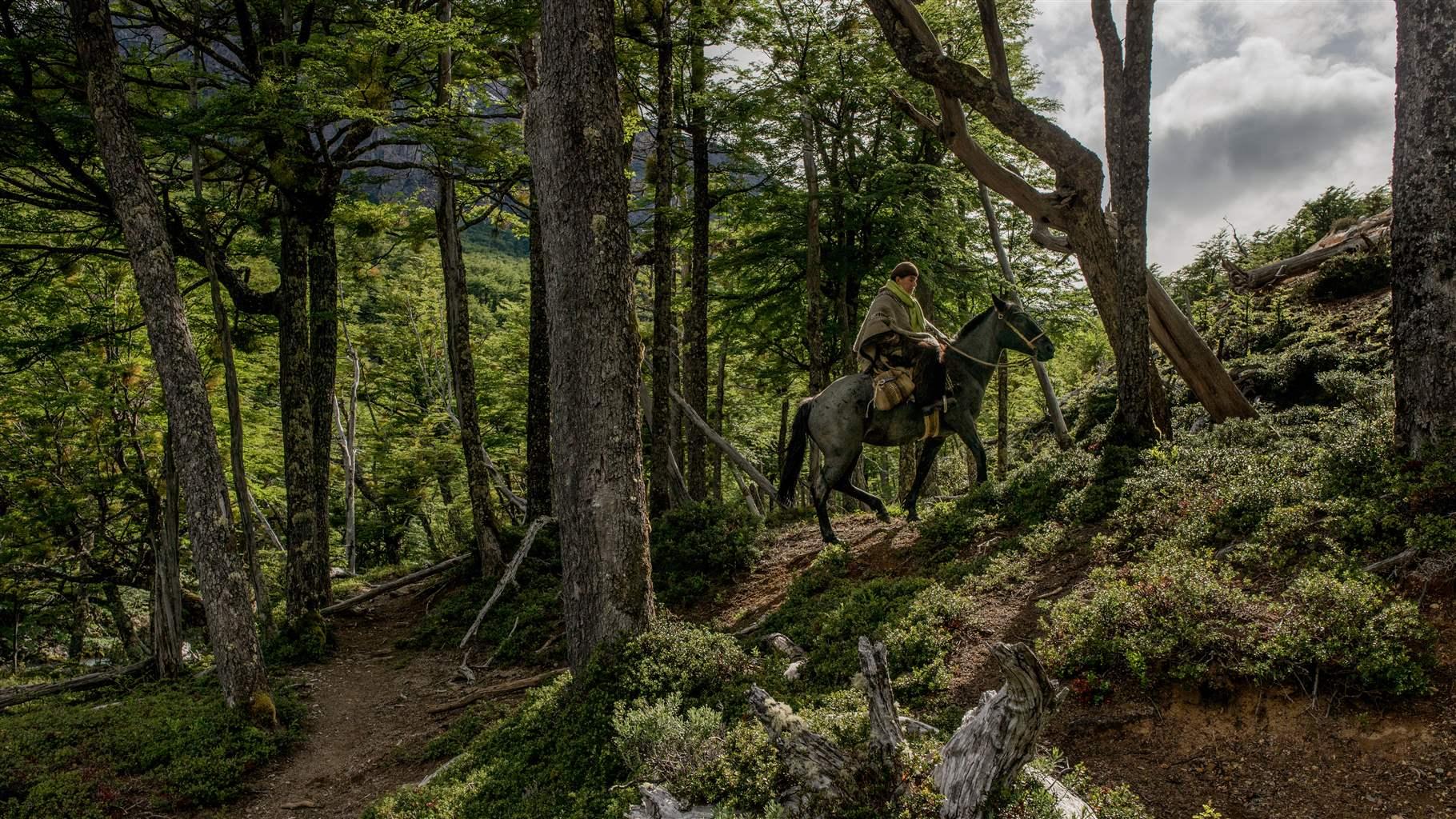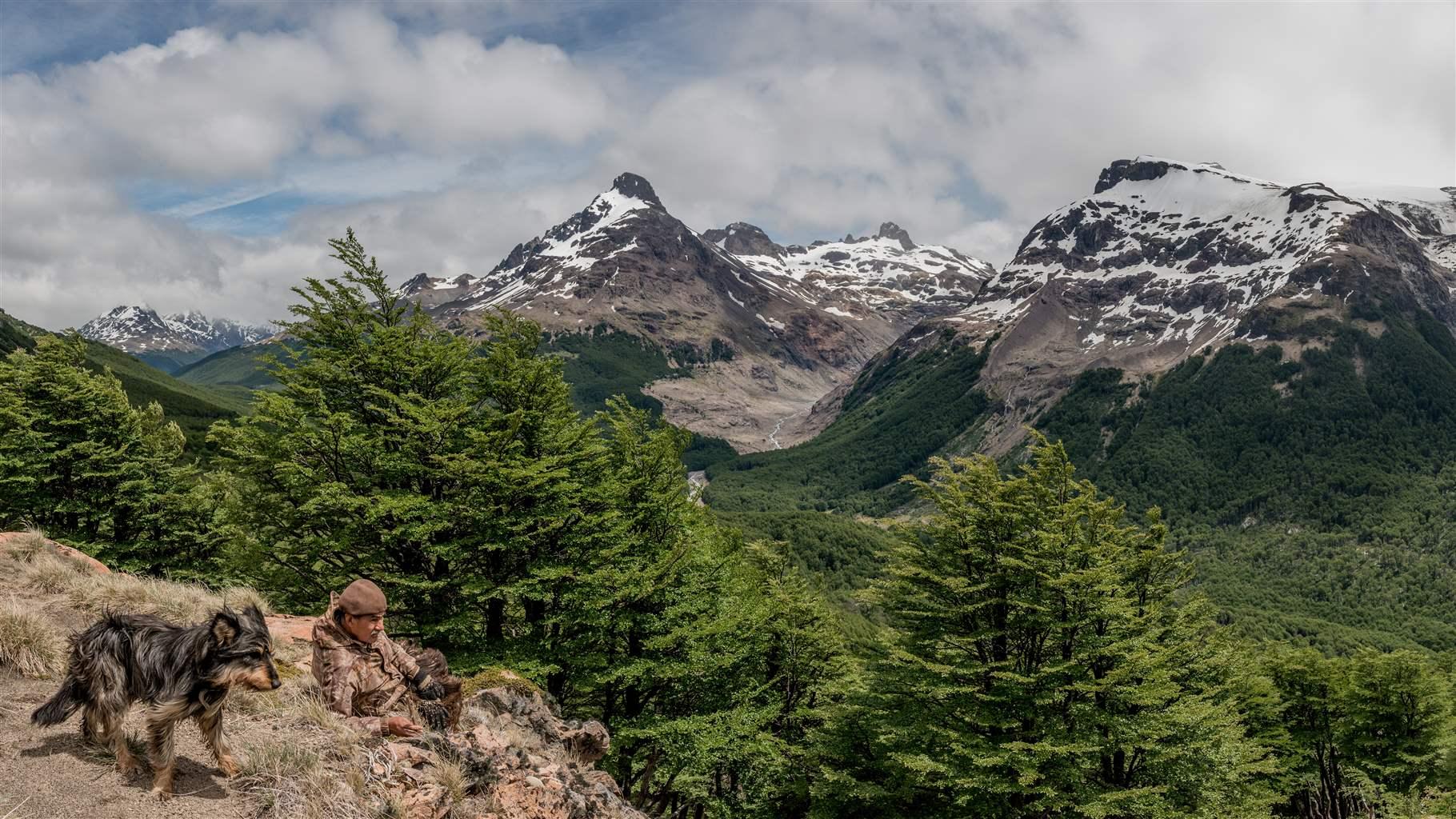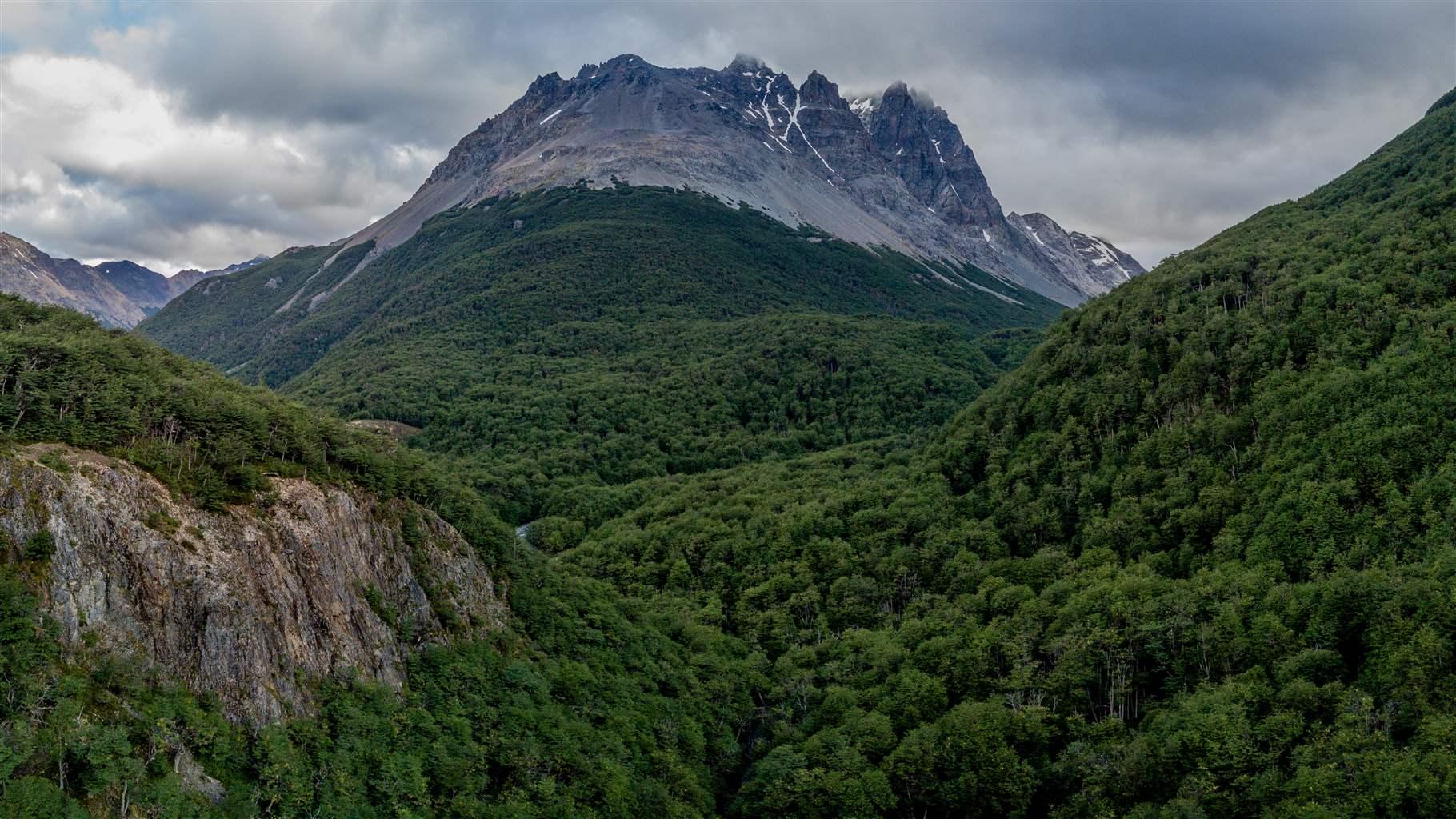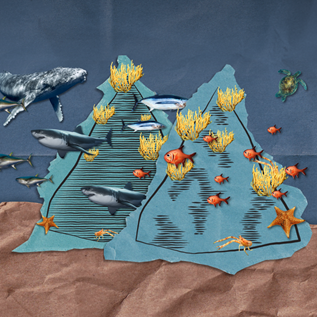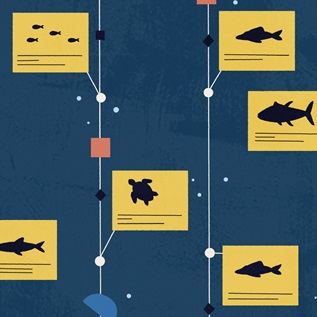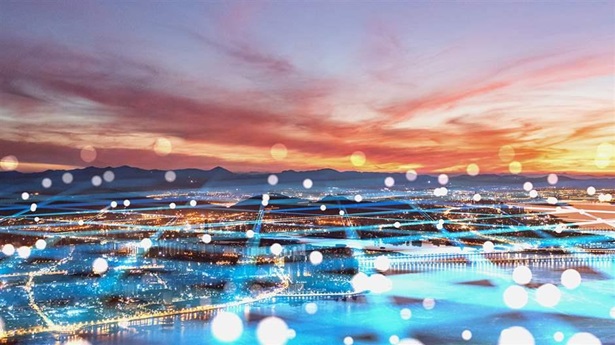Photos of Chilean Patagonia Show Places and Species Worthy of Protection
Remote and mountain areas are among the country’s last large public lands
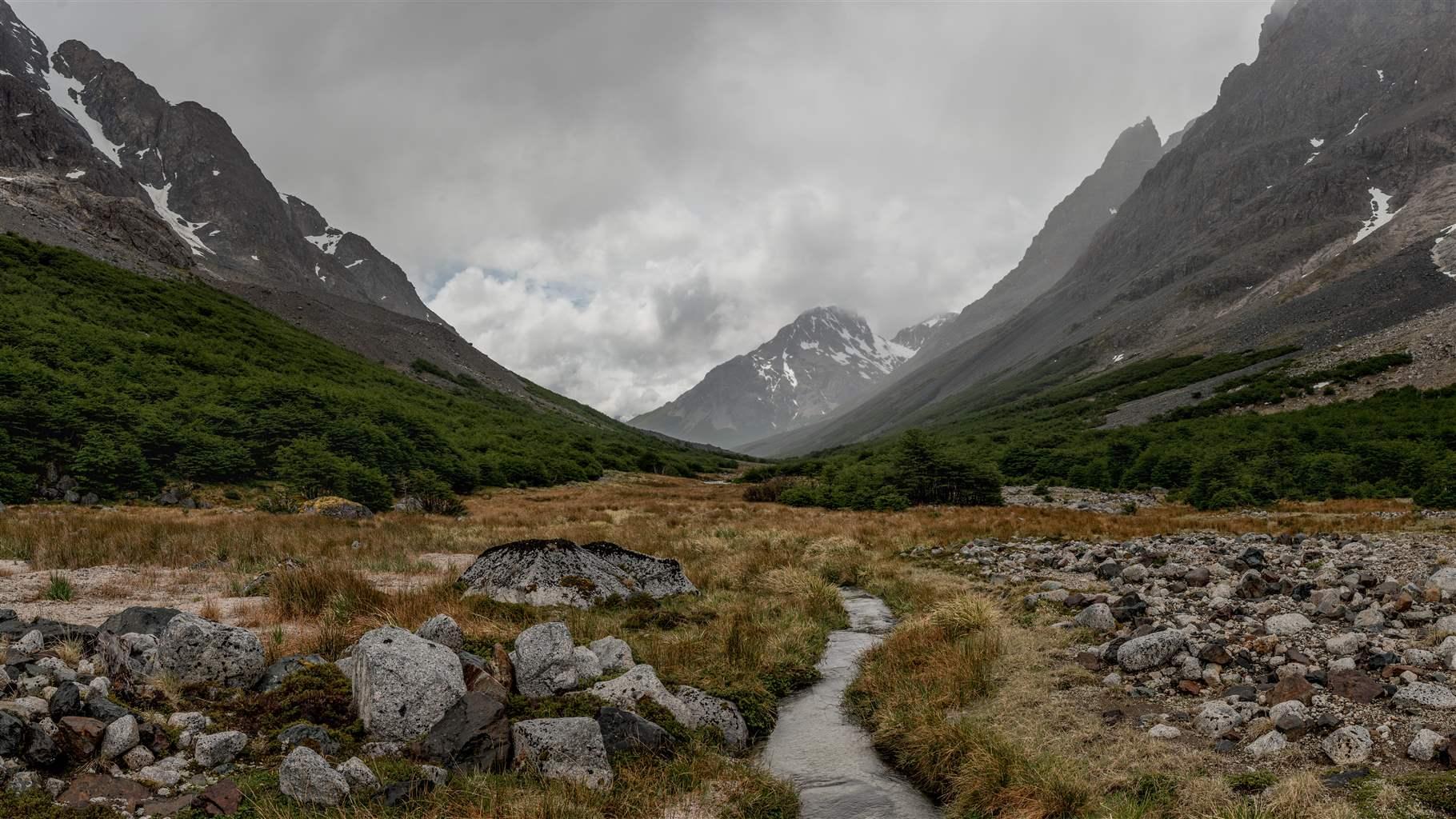
Note: This article was updated March 6, 2020, to remove a Chilean term for state-owned land that would mean little to English-language readers.
Chile, which runs for 4,270 kilometers (2,653 miles) from north to south, boasts great and varied ecological wealth: deserts, glaciers, fjords cloaked in sub-Antarctic forests, and high mountain peaks.
Most of the national territory—nearly 55 percent—is owned by the state. And most of those lands and waters are concentrated in the country’s far northern and southern regions, especially Patagonia. Unfortunately, much of the public land in Chilean Patagonia isn’t being actively managed and faces threats, such as degradation and possible concession or sale.
This is true even of some of the state-owned areas designated as protected national assets—the lowest level of government protection—because these areas are safeguarded only on paper, with no resources and personnel to effectively oversee them.
The images below highlight the importance of the Aysén region, and their high conservation potential.
The Pew Charitable Trusts’ partner organizations, including the nongovernmental organizations Puelo Patagonia and Aumen, have identified places and species within fiscal properties—such as the endangered huemul deer, which is endemic to Patagonia, and ancient, intact, primary forests—that hold high conservation value because, for example, they play key roles in climate change mitigation and maintaining the native biodiversity.
